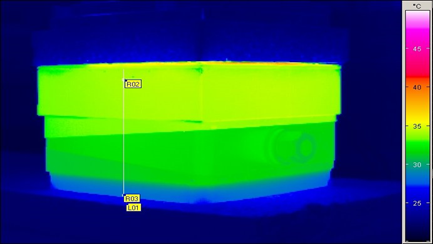Increase of production accuracy

Low simulation accuracy of temperature fields has been a disadvantage compared to static and dynamic property analysis, which makes it no longer acceptable for modern machine tools. Thus, we carry out research to increase the production accuracy of machine tools under common temperature conditions by simulative and experimental analysis, feasible error corrections and by design improvements.
 Fraunhofer Institute for Machine Tools and Forming Technology
Fraunhofer Institute for Machine Tools and Forming Technology